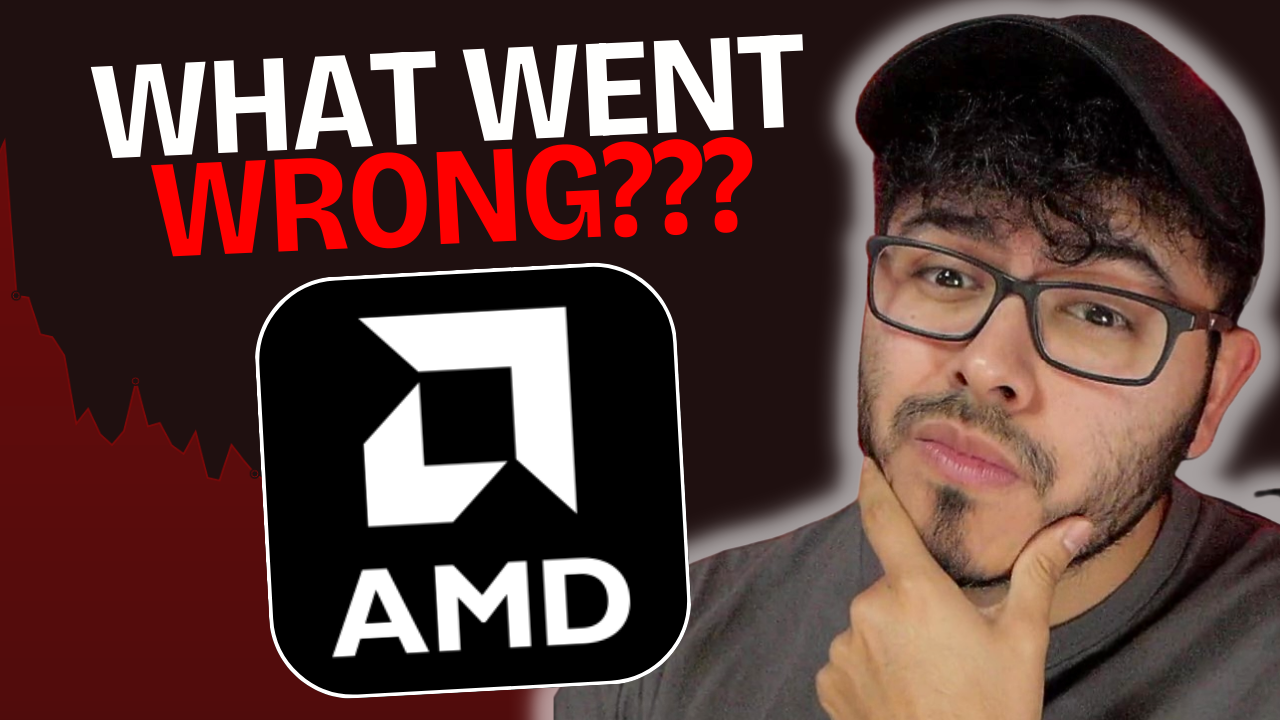While Advanced Micro Devices (AMD 0.67%) missed the early days of mobile and has taken a beating in server chips from rival Intel, the company started to bounce back this past quarter with sales in its semi-custom chips division. Much of that was likely due to the millions of chips the company shipped for Microsoft's Xbox One and Sony's PlayStation 4, but AMD's semi-custom chips have much more potential than just console games -- if AMD can focus on mobile.
Turning the tide
The third quarter of this year was a monumental one for AMD's semi-custom chips, with the company earning about 30% of its revenue from its semi-custom chip designs. That's after only about a year after the company said it would focus its attention on semi-custom chips for customers. Semi-custom chips are processors that allow original equipment manufacturers to choose with type of central processing core, graphics processing core, or other cores a company wants in its chip design. It's a way for OEMs to build a chip to their own specifications, without having to pay money design the chips itself.
Both Sony and Microsoft tapped AMD for its semi-custom chips for their new consoles. So far, both the Xbox One and PlayStation 4 have sold at least two million units each. That's good news for AMD, and it comes on top of Gartner's projections that that the console gaming industry will grow from $44.3 billion in revenue this year to $55 billion by 2015. But AMD's semi-custom chip division, called Graphics and Visual Solutions, has much more potential than just living room games.
AMD said earlier this year that its semi-custom chips could be used in PCs, set-top boxes, mobile devices, smart TVs, servers, and more. As AnandTech recently pointed out, AMD could sell semi-custom chips to mobile device makers looking to compete more closely with Apple and Samsung's custom chip strategies. Apple is already shipping custom chip designs, and Samsung has custom processors in the pipeline. That level of development doesn't come cheap. By selling semi-custom chips to OEMs, AMD would be able to increase revenue for its Graphics and Visual Solutions division, while allowing device makers to create more-capable devices at a fraction of what Samsung and Apple invest in development.
But so far AMD has been relatively absent from the mobile market -- which is a very bad thing for a chipmaker these days. AMD said itself that it was hit harder than it expected in the past few quarters from slowing PC sales, so it's curious that AMD hasn't made a bigger push to get OEMs to adopt its semi-custom chips. Last quarter, the company's CEO and president, Rory Read, said in an earnings release that, "We achieved 26 percent sequential revenue growth driven by our semi-custom business and remain committed to generating approximately 50 percent of revenue from high-growth markets over the next two years." Reaching that 50% will be easier if OEMs are jumping on board with AMD. But at this point, it doesn't seem clear exactly what AMD's strategy for mobile is, and that should seriously concern investors.






